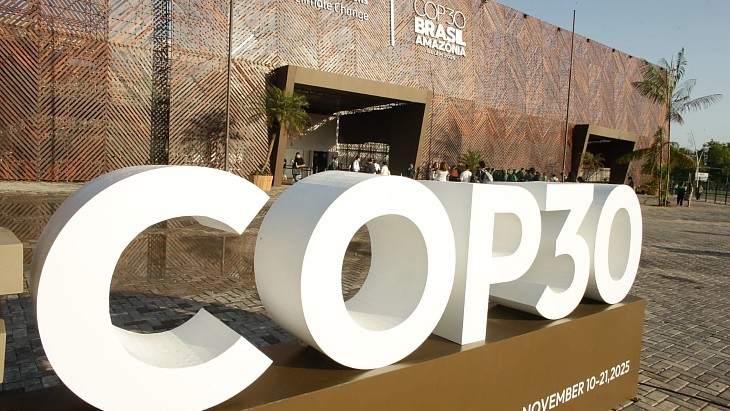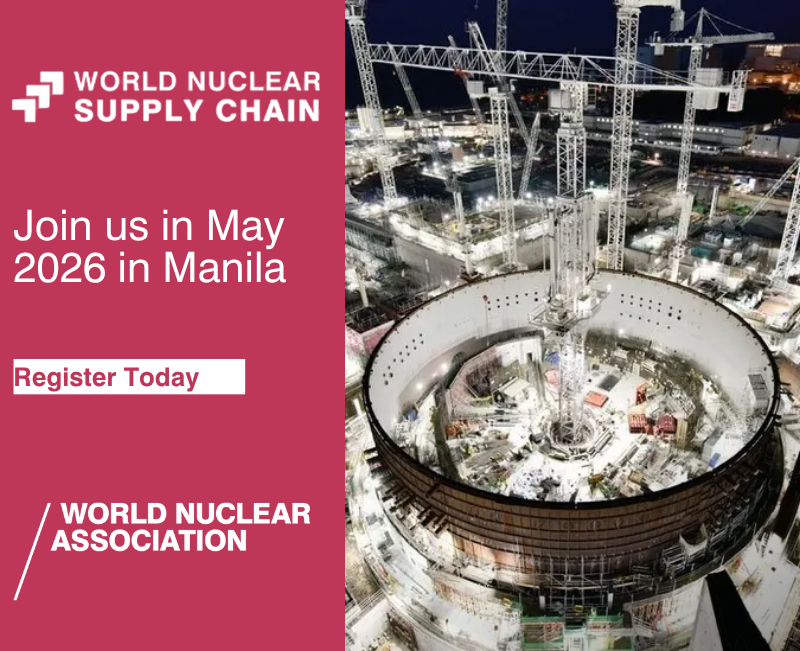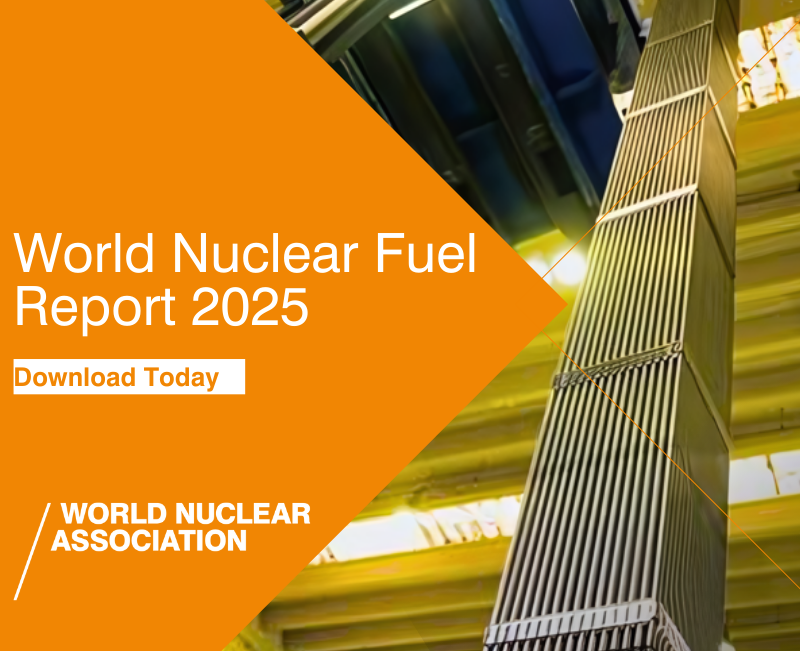Steam generators are heat exchangers which convert heat generated by the reactor core into steam, which is transported to the conventional island via the main steam pipeline. The steam generator drives the steam turbine, which then drives the generator to generate electricity.
The construction of the first two 1250 MWe CAP1000 reactors - the Chinese version of the Westinghouse AP1000 - at the Lianjiang site was approved by China's State Council in September 2022. Excavation works for the units began in the same month, with the pouring of first concrete for the foundation of unit 1 starting in September 2023 and that of unit 2 in April last year. Unit 1 is expected to be completed and put into operation in 2028.
The reactor pressure vessel was installed at Lianjiang unit 1 in February this year.
The installation of the second steam generator "completes the installation of key equipment, including the pressure vessel, steam generators, and pressuriser, for unit 1, laying a solid foundation for the completion of the primary circuit connection of the nuclear island reactor and the capping of the reactor building," Lianjiang Nuclear Power Company said.
Once all six CAP1000 units planned at the site are completed, the annual power generation will be about 70.2 TWh, which will reduce standard coal consumption by more than 20 million tonnes, and reduce carbon dioxide emissions by more than 52 million tonnes, sulphur dioxide by about 171,000 tonnes and nitrogen oxides by about 149,000 tonnes.
State Power Investment Corp says the Lianjiang plant will be the first nuclear power project in China to adopt seawater secondary circulation cooling technology as well as the first to use a super-large cooling tower.

_22033.jpg)



_18570.jpg)
_18938.jpg)
_33584.jpg)
_82983.jpg)





